Car Driver Training Simulator
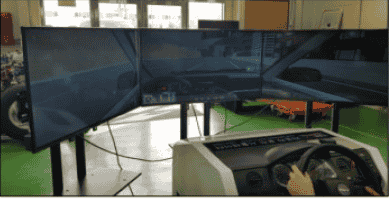
Order Code: 24257856.1.13
Category: General Lab Equipment V
Car Driving Practice Training Simulator Specifications Virtual Environment: The simulator should provide a realistic virtual environment with accurate representations of roads, traffic signs, buildings, and weather conditions. ...
SPECIFICATION
Car Driving Practice Training Simulator Specifications
-
Virtual Environment:
-
The simulator should provide a realistic virtual environment with accurate representations of roads, traffic signs, buildings, and weather conditions.
-
It should offer a variety of driving scenarios, including urban, rural, and highway environments.
-
-
Vehicle Models:
-
The simulator should feature a range of vehicle models, including cars, to meet diverse training needs and requirements.
-
-
Controls and Input Devices:
-
The simulator should include realistic input devices, such as a steering wheel, pedals (accelerator, brake, and clutch), and a gear lever.
-
It should also support additional input devices like game controllers or motion sensors for enhanced usability.
-
-
Graphics and Display:
-
The simulator should have high-quality graphics and a large display to provide an immersive and realistic driving experience.
-
High-definition screens should be used for clear and detailed visuals.
-
-
Scenario Customization:
-
The simulator should allow customization of driving scenarios, such as adjusting traffic density, weather conditions, time of day, and road conditions.
-
This feature enables instructors to create tailored training scenarios based on specific needs.
-
-
Vehicle Dynamics:
-
The simulator should accurately replicate the dynamics and physics of real-world driving, including realistic acceleration, braking, steering response, and vehicle movement.
-
-
Traffic Simulation:
-
The simulator should simulate realistic traffic behavior, including interactions between vehicles, traffic lights, pedestrians, and other road users.
-
It should offer a dynamic and interactive traffic environment for comprehensive training.
-
-
Instructor Controls:
-
The simulator should include a separate instructor station with controls to monitor and control the simulation.
-
Features should include pausing, stopping, observing from different camera angles, and providing feedback to trainees.
-
-
Performance Assessment:
-
The simulator should include performance assessment tools to evaluate the trainee’s driving skills.
-
Feedback should be based on specific criteria such as speed control, lane discipline, and adherence to traffic rules.
-
-
Training Modules and Scenarios:
-
The simulator should offer various training modules and scenarios to address different skill levels and training objectives.
-
Modules could include basic driving skills, defensive driving, emergency scenarios, and specialized driving techniques.
-
-
Maintenance and Support:
-
The simulator should come with regular maintenance and technical support from the manufacturer or supplier.
-
It should be equipped with self-diagnostic tools to identify and troubleshoot any issues.
-
Additional Information:
-
Support Language: English
-
Working Voltage: 220-230 Volt AC, 50 Hz
-
Compliance: The simulator must comply with relevant DIN, ISO, and IEC standards.
-
All bidders are required to specify the DIN/ISO/IEC standards with which the offered item complies.
-

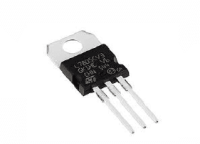
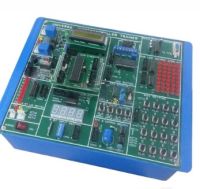


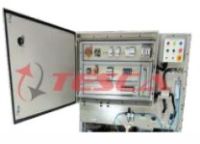
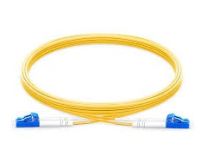




 91-9829132777
91-9829132777